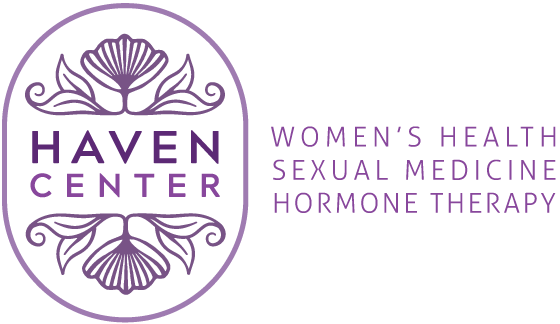In our modern world, conversations about sexual health and wellness are increasingly prevalent, yet some aspects remain shrouded in misunderstanding or silence. One such topic is arousal disorders, a complex array of conditions that can profoundly impact an individual’s sexual experiences and relationships.
In a recent YouTube video, Dr. [Name], a renowned expert in sexual medicine, delved into the nuances of arousal disorders, focusing particularly on the physiological and psychological aspects that contribute to these conditions. Throughout the discussion, Dr. [Name] emphasized the importance of distinguishing arousal from desire, highlighting how they are distinct yet interconnected components of human sexuality.
Desire, as Dr. [Name] explained, stems from the mind—a complex interplay of neurotransmitters and psychological factors that drive one’s interest in sexual activity. Arousal, on the other hand, is the physiological response to that desire, involving changes in heart rate, breathing, blood flow, and genital response. These two components must align for optimal sexual functioning, but when they diverge, individuals may experience frustration, confusion, or distress.
One notable condition discussed by Dr. [Name] is Persistent Genital Arousal Disorder (PGAD), now known as Genitopelvic Dysesthesia. While not the focus of the video, PGAD warrants its own in-depth exploration due to its unique challenges and complexities.
From a physiological standpoint, arousal is mediated by the parasympathetic nervous system, signaling safety and relaxation. Conversely, orgasm is mediated by the sympathetic nervous system, often associated with the fight-or-flight response. Achieving full arousal requires a sense of comfort and safety, factors that can be disrupted by various medical conditions, medications, or psychological issues.
Dr. [Name] elaborated on the myriad factors that can interfere with arousal, including hypertension, diabetes, nerve damage, and trauma. Addressing these underlying causes may involve medication, therapy, or lifestyle modifications tailored to each individual’s needs. For example, medications like sildenafil can enhance blood flow to genital tissues, while therapies such as pelvic floor exercises or guided masturbation may help address psychological barriers to arousal.
Moreover, Dr. [Name] underscored the importance of considering neurodivergent conditions like ADHD, which can affect attention and focus during sexual experiences. By recognizing and addressing these factors, individuals and healthcare providers can work collaboratively to develop holistic treatment plans that address both physical and psychological aspects of arousal disorders.
In conclusion, Dr. [Name] emphasized the prevalence of arousal disorders and the need for compassionate, comprehensive care for affected individuals. By fostering open dialogue, raising awareness, and providing accessible resources, we can support those navigating the complex landscape of sexual health and wellness.
As we continue to expand our understanding of arousal disorders, may we approach these discussions with empathy, respect, and a commitment to promoting sexual well-being for all.
